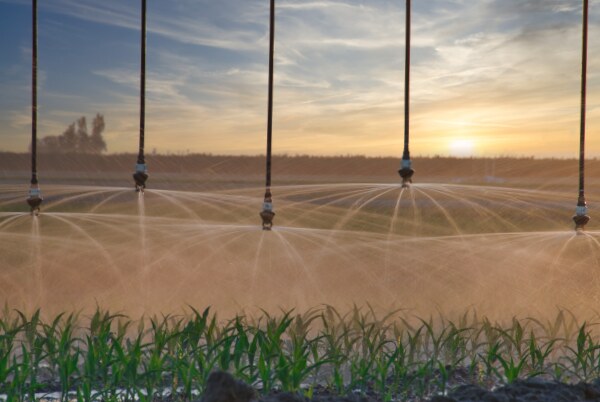In order to grow an exceptional crop three things are needed, nutrient rich soil, warm weather, and water. There are many places in United States which have nutrient rich soil and warm weather but lack sufficient rainfall. That’s where farmers need to have a good irrigation management program to supplement crops with needed water, so crops can deliver an optimal yield.
In America, 40% of the food supply comes from irrigated land. Especially during times of drought, it is of paramount importance to increase the yield per drop of water. That’s why many states require farmers to implement sustainable irrigation management programs and technologies.
Good irrigation management requires a solid understanding of crop water consumption, soil moisture, rainfall patterns, crop growth stage, and soil characteristics. Since irrigation water resources are scarce, many farmers need to adapt to new requirements and technologies. Different, more efficient irrigation systems need to be installed, such as drip, trickle, or sprinkler irrigation systems.
Irrigation Management in AgNote
A significant part of AgNote is dedicated to crop irrigation management.
AgNote makes it super simple to record irrigation events. Once the irrigation event has been completed, AgNote will calculate exactly how many water inches were applied. In AgNote you can assign an Irrigator role to your irrigator and Irrigator can easily record irrigation events using smartphone.
Here are some of the highlights of irrigation management in AgNote:
- Intelligently calculates applied water inches, based upon meter readings, flow, or irrigation time.
- Detects meter rollover.
- Detects and recalculates overlapping wastewater irrigations.
- Calculates applied water inches for each planting.
- Provides a simple mobile application for irrigators to record irrigations using smart phone.
AgNote provides a dedicated water source management area where you track water flow and quality test results. If water quality test results have been saved for the water source, AgNote will also calculate how much Nitrogen was applied through each irrigation event.

